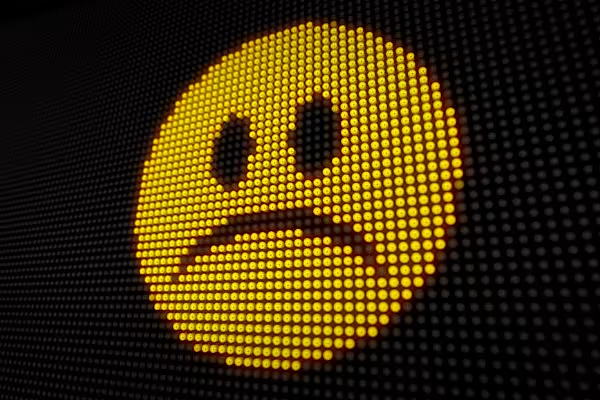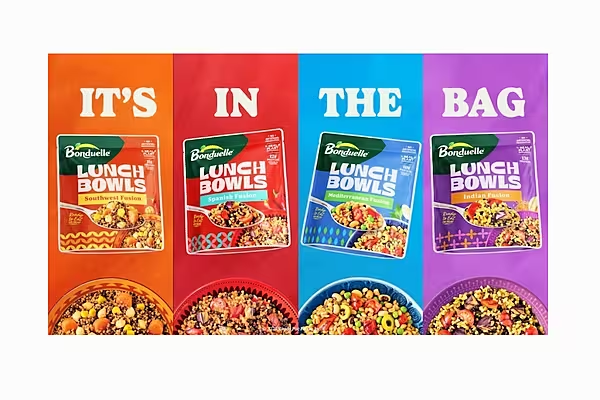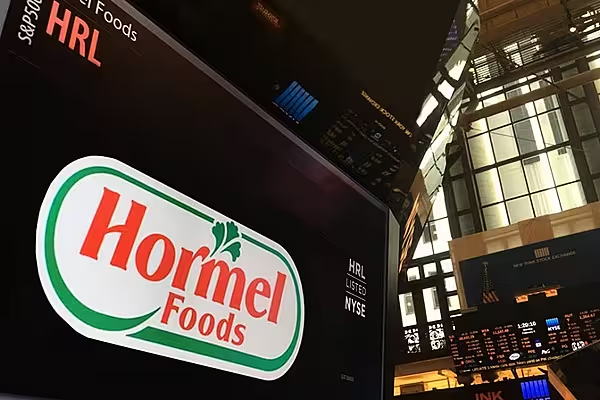Bain & Company has tracked retail and consumer behaviour throughout the duration of the COVID-19 crisis, and it believes that CPG suppliers will have to rethink how they tap into a much-changed shopper mindset.
The consumer is the most vital cog in the retail machine – after all, without shoppers, all the investment in new-product development, marketing and innovation is redundant – but determining what sort of shopper emerges from the COVID-19 maelstrom will be challenging for food and beverage suppliers and brand owners, with, in some cases, a seismic shift in their needs during the pandemic.
Global management consultancy Bain & Company has been tracking retailer and consumer behaviour since the start of the crisis, and it has noticed a number of emerging trends that may shape how the consumer interacts with brands in a post-COVID world.
Changed Behaviour
According to the latest edition of Bain’s COVID-19 Consumer/Shopper Survey, which was published in August, more than two fifths (41%) of respondents think that life won’t return to normal for a year or longer, up from the 29% that answered likewise in a similar survey in May. It found that while people remain cautious of close-proximity activities, comfort with grocery shopping has increased.
Some 92% of respondents said that they have gone grocery shopping ‘in person’ since the COVID-19 situation started, compared to 9% who said that they had ‘taken a holiday outside my own country’, and 7% who had ‘gone to a concert’. Higher-proximity activities are less likely among older consumers (such as those in the boomer generation).
As the situation eases, we are likely to see the emergence of a ‘reluctant’ consumer, namely one who is wary of returning to the habits that comprise normal life, such as supermarket shopping or dining in restaurants. For this particular cohort, Bain notes, ‘significant changes’ will be required to facilitate a proper return to normal behaviour, while the rate at which this recovery takes place is likely to be dictated by both the wider health of the general population and the consumer’s own set of circumstances.
Areas in which shoppers are likely to seek to embrace normality – the ‘new consumer laws of gravity’, as Bain puts it – include a ‘step change’ in the adoption of online and digital habits, a ‘relentless’ focus on health and products/services that offer an added-value health proposition, increased at-home dining, and a redefinition of value.
Let’s have a look at these in more detail.
Step Change In Online
Bain’s August study shows that 50% of consumers have attempted to shop online for grocery products, compared to 38% in May, of which 21% were first-time shoppers. In addition, 64% said that they were satisfied with their experience, compared to just 6% who were dissatisfied.
“People are spending more time in front of their screens than they ever have before, and that is having a knock-on effect on online grocery,” says Leah Johns, senior manager, consumer products and retail, at Bain & Company. “We’ve estimated that online grocery grew by the equivalent of three to four years within the first 90 days of COVID, which was quite remarkable. In the US, it was about two years’ worth of growth, but that’s from a lower starting point.”
According to Bain, online grocery penetration could as much as double in selected markets between now and 2025, with the risk of short-term earnings erosion and loss of competitiveness for retailers that opt out of developing up-to-date digital platforms.
It is therefore imperative that food and beverage manufacturers embrace the possibilities of online. While traditional in-store marketing, such as shelf-talkers and gondola ends, will continue to be important, getting up to speed with the marketing capabilities offered by e-commerce platforms will be required to address the growing cohort of shoppers who may choose online first.
“Online is not going to replace the grocery store tomorrow, but it’s not going away, and that’s the conundrum,” says Johns. “For consumer goods companies, with this migration online, it’s about asking what you can do to work alongside retailers to make this a profitable model for everyone involved. That’s yet to be figured out, but I think it’s something that will gain more relevance if businesses want to win in this new environment.
“Maybe it will spark more creativity, maybe it will be part of building a wider ecosystem, and not going it alone. It’s an opportunity for brands to experiment and see what profitable models could potentially work.”
Relentless Focus On Health
The shift towards health and wellness has been gaining ground over the past decade, but COVID-19 has put it front and centre. According to Bain, 53% of US consumers are now more concerned about their health than they were before the pandemic, with online searches for health-related keywords peaking over the past few months. This opens up an opportunity for brands, says Johns.
“We have seen an increase in sales of immunity-boosting products and products with added-value benefits,” she says, “but it’s not just a case of, ‘I’m going to buy more fresh food because salad is healthy.’ It’s now a question of, ‘What can a particular product do for me to support my immune system in the future?’
“There has been a skyrocketing demand in health and wellness, and that includes mental well-being, with increased downloads of things like the Headspace app. Taking that into grocery, it’s not just about having the right fresh-food selection, it’s about having the right assortment to meet very different consumer needs, which are focused on health in a way that resonates with people. It’s not just calorie-counting.”
Shift To At-Home
Prior to COVID-19, out-of-home was a rapidly growing sector, with increased investment by retailers and brands alike in grab-and-go items, for time-poor shoppers. All that has now changed.
According to Bain, the coronavirus crisis is likely to push back gains made by the out-of-home foodservice sector by three to five years, depending on the duration of the pandemic, as well as government and social responses. In a worst-case scenario, it may be well into the decade before the out-of-home sector can return to the sort of profitability that it enjoyed in recent years.
“Before COVID, out-of-home spend was growing at one and a half times the rate of grocery – that has been completely reversed,” says Johns. “Grocery has recaptured that share of stomach, because out-of-home has shrunk so much and, for a period of time, closed altogether.
“The rise in at-home consumption will have a longer-lasting impact, we think, as the shift back to out-of-home will probably take a few years to get back to the way it was in 2019, and all that is obviously dependent on the future of treatments, and a potential vaccine.
“For grocers and brand owners alike, the question is: how do you take that out-of-home spend and ensure that it is repatriated into the grocery space? How do you change your value proposition to ensure it meets the needs of the at-home customer experience? That’s going to be a challenge, but it’s an exciting challenge.”
Redefinition of Value
An earlier Bain commentary on the effect of COVID-19 on consumer behaviour highlighted a ‘flight to value’ – indicating that, as in previous economic downturns, shoppers would shun premium goods in favour of low-cost or discounter options. While this is true to a point, this situation is a little bit different, as Johns explains.
“If we delve deeper into the data, yes, it’s true that many people have been laid off, or had a reduction in their work hours, and are worried about the economy,” she says, “but, at the same time, there are people at the opposite end of the scale who have seen no impact on their employment and have not had to cut back on spending. There are two sides to the coin.
“While there is a recession coming, there are also people who have extra disposable income that they didn’t have before. Also, if you look at spending across different categories, the only category that has seen an increase in spend is grocery.”
While in past recessions shoppers were still eager to save up for regular treats, whether that be a weekend break or a trip to the beauty salon, the fact that many of these are unavailable due to COVID restrictions moves the goalposts somewhat, meaning: “There’s additional spend that can be repatriated into the grocery channel, as, still, people want to treat themselves,” says Johns. “Yes, there’s been a switch to private label, and people are shopping more at the discounters – that’s going to continue – but there is also increased spend on more premium products.
“Before COVID, we already saw polarised purchasing power, with the middle being squeezed, and I think that this situation could accelerate that further.”
For more information, visit www.bain.com.
© 2020 European Supermarket Magazine – your source for the latest retail news. Article by Stephen Wynne-Jones. Click subscribe to sign up to ESM: The European Supermarket Magazine.














